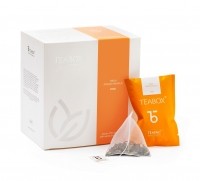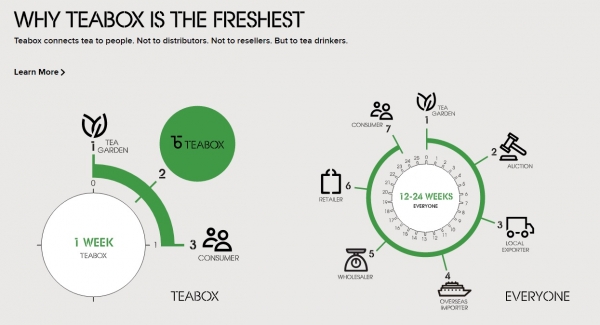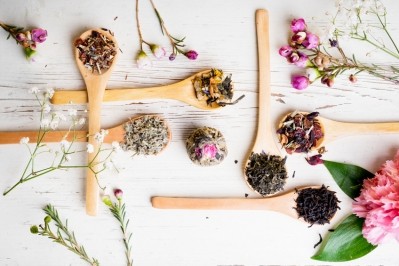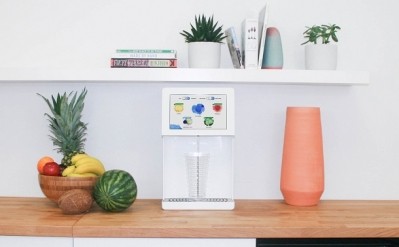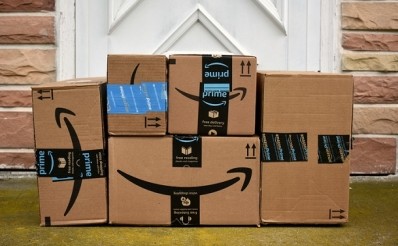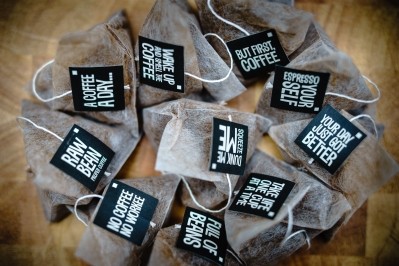Feature: From India to the world - a tea entrepreneur's journey
From tea bag technology to speedy shipping: Start-up’s mission to provide the best fresh tea
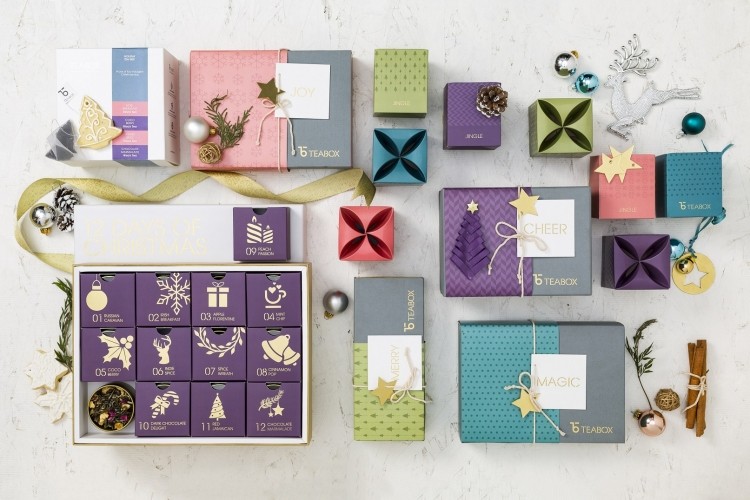
Entrepreneur Kaushal Dugar founded Teabox in 2012: ‘quitting his cushy job as a financial analyst’ with KPMG to create his start-up out of the city of Siliguri in the north east of the country. And he believes the time is right for his tea brand: seeing consumers moving beyond taste and price to demanding teas that are fresh, varied and convenient, with an overall emphasis on health and wellness.
Five years after its conception, the company now sends tea out to consumers in 100 countries and Dugar has ambitious plans to keep expanding in the future.
Freshness comes first
Based in the heart of India’s tea region, Teabox works with a network of growers across India and Nepal to source 200-300 loose leaf teas, chosen on the basis of quality from 150 estates across India and Nepal. It offers varieties from traditional favorites like English Breakfast and Earl Grey to speciality blends like Masala Chai and Mountain Rose.
Teas are plucked, processed and packaged using Teabox’s proprietary cold chain process for the freshest tea possible.
Dugar looked at traditional tea bags, which can include the dust of broken tea leaves, and also constrain leaves when water is added. In contrast, he has created his TeaPac tea bags: pyramid-shape teabags with plenty of room for loose leaves to unfurl and release their full bodied flavor.
He says his is the first company to use a natural nitrogen flush with packaging in the beverage market: a technique most commonly used in packaging food items such as potato chips. This protects tea from oxygen, light, heat and moisture – elements that can compromise the integrity of tea and cause deterioration and loss of flavor.
Speed is of the essence
Teabox is a premium brand: and Dugar says that today’s tea consumers are willing to pay for to have the best, freshest tea.
Speed is of the essence in delivering the freshest tea: and so Dugar has looked carefully at each stage of the process.
“We started working closely with the tea garden owners in identifying and curating the best tea leaves for their products, set up a robust and efficient processing and packaging mechanism, and tested with various shipment and delivery services like DHL, FedEx, EMS (India Post) and Air Mail to identify the best and efficient service provider for each country to deliver product to customers as quickly as possible,” he said.
“The team has also identified the most reliable payment service for each country – WorldPay, PayPal, PayU and others - and has got them on-board as partners so that customers feel comfortable using a payment service they already know when ordering tea online from Teabox.
“The entire process - from curating the best tea leaves to systematized process and packaging combined with optimized shipment and technology - helps Teabox deliver fresh tea to its consumers within a week or less from a production, which otherwise typically takes three to six months.
“This explains why an ardent tea lover from Russia or Canada would be willing to pay anywhere from $100 to $1500 for a kilogram of the best of tea from India.”
Health, not price, is the main factor in today's tea market
“The tea industry is changing rapidly: today it is recognized as a better–for–you beverage choice. Today’s consumers have moved beyond taste and price, they want their teas to be healthier, fresh, varied and convenient,” says Dugar.
“The products tend to be expensive, but the brands are targeting a higher-end consumer group, who can afford them. Consumers today are ready to pay huge amounts for a cup of tea: for refreshments and to have the best tea.
“Before there were limited options for tea lovers, but now the scenario is very different: consumers want and love to have varied flavors and blends. Teas have been experimented with - lot of seasonal fruits and flavors and new innovations have been appreciated by all around the world.
“Some of the blends we sell like Mountain Rose, Jasmine Jade, and a couple of ice teas are a hot favorite among customers.”
In some ways, Dugar says selling online is easy as people already know and understand what the product is. But with tea, the product is very much associated with the look, feel and smell – attributes missing from the online market place. Word of mouth and social marketing has been the best way for him to reach consumers.
“Customers looking for premium teas came to the site and liked what they saw,” he explained. “I knew that if I could deliver what I was promising – incredibly fresh teas, delivered within a week of procurement, direct from the gardens, at a good price, I was in a good place.
“Most of our customers have returned and love what we are offering. Word of mouth has been the best way to get new customers.
“In fact, one of the investors, Robert Bass of Keystone Group LP, first discovered Teabox as a tea drinker. He is a devout tea drinker and he loved the product so much that he went on to participate in the first round of investment.
“Another Teabox customer, Cameron Jones, a Singapore-based Angel Investor and Tea Connoisseur, was impressed by the freshness of the tea sold by Teabox and went ahead and also invested into the company last year. There could not have been a bigger testament to the quality of Teabox’s products.”
The biggest headache for a start-up?
This has been all the more valuable as fundraising is one of the biggest challenges for any start-up, says Dugar.
“For us, the process of fundraising for an online start-up based in a small city like Siliguri, outside of the well-known metros, was a challenge,” he said.
“I have spent many days cold-calling investors, meeting them at start-up events, followed up with more calls and emails. But not many showed interest in the venture. This affected my confidence a bit.
“Soon I realized that conversing over phone and email was a hindrance and I needed to have more in-person and face-to-face interactions to showcase and communicate what we were doing and to convince investors about Teabox’s vision and potential growth story.”
Last March, Teabox secured $6m in Series A funding led by JAFCO Asia; and previously raised $1m seed round from Accel Partners and Horizen Ventures.
His plans for the future include expanding his wellness tea range, tapping into the continued consumer focus on health and wellness, and reaching new markets.
“Our long term plan is to create our own supply chain competency in tea. We are doing that by having our own sourcing centres near the tea plantations in different locations in India and by having our distribution centers as close to the customers as possible in different parts of the world.
“By doing so, we would be able to control the entire supply chain and assure quality and service like no other.”
